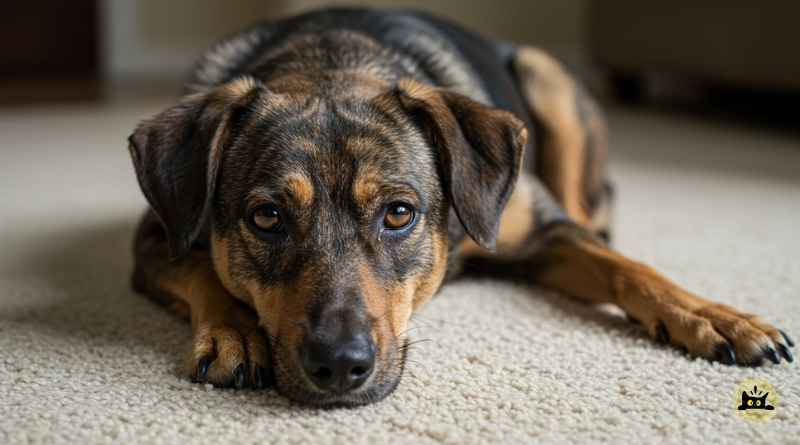Pets, like humans, can suffer from burns caused by heat, chemicals, electricity, or radiation. It is crucial to understand the severity of a burn and provide immediate pet burn first aid to minimize damage and pain. Recognizing the type and severity of burns can help you take the right steps to ensure your pet’s recovery.
Types of Burns and Initial Steps
1. Thermal Burns: Caused by heat sources like fire or hot surfaces. Immediately cool the burn area with cold, running water for at least 10 minutes. 2. Chemical Burns: Result from contact with acidic or alkaline substances. Rinse the affected area thoroughly with water and avoid applying any ointments. 3. Electrical Burns: Occur due to electrical shocks. Turn off the power source, and avoid touching your pet directly until you’re sure it’s safe. 4. Radiation Burns: Caused by prolonged exposure to the sun or other radiation sources. Move your pet to a shaded area and cool the burn with water.
First Aid Tips for Pet Burns
- Cooling the Burn: Cooling the burn as soon as possible is essential in pet burn first aid. Use cold water (not ice) to reduce the temperature of the affected area and ease your pet’s pain.
- Avoiding Home Remedies: Do not apply ointments, butter, or other home remedies, as they can cause further irritation or infection.
- Covering the Burn: Use a clean, non-stick bandage or cloth to cover the burn and protect it from contamination.
- Pain Relief: Consult your veterinarian about safe pain relief options for your pet. Avoid giving any human medications without professional advice.
Seeking Veterinary Care
It’s important to seek veterinary care for any burn, regardless of severity. Veterinarians can provide appropriate treatment and prevent complications like infections or long-term damage. If your pet exhibits signs of severe pain, difficulty breathing, or shock, take them to an emergency veterinary clinic immediately.
Long-Term Care and Monitoring
After the initial treatment and veterinary care, it’s important to monitor your pet’s recovery. Follow your veterinarian’s instructions for wound care and medications. Watch for any signs of infection, such as redness, swelling, or unusual discharge. Regularly check the burn site to ensure it’s healing properly.
Preventing Burns in Pets
Prevention is always better than cure. Here are some tips to keep your pets safe from burns:
- Supervision: Always supervise your pets around potential burn hazards like stoves, candles, and heaters.
- Pet-Proofing: Ensure that electrical cords and chemicals are out of reach.
- Sun Protection: Limit your pet’s exposure to direct sunlight, especially during peak hours.
- Education: Educate family members and pet sitters about the dangers of burns and how to prevent them. Ensure everyone knows the basic first aid steps in case of an accident.
Additional Tips for Pet Burn Care
- Nutritional Support: Proper nutrition can aid in the healing process. Consult your veterinarian about the best diet for your recovering pet.
- Hydration: Ensure your pet stays hydrated, as burns can lead to dehydration.
- Comfort and Rest: Create a comfortable resting area for your pet to help them recover faster. Keep them calm and stress-free.
- Follow-Up Visits: Schedule follow-up visits with your veterinarian to monitor your pet’s progress and address any ongoing concerns. Regular check-ups can help ensure that your pet is healing properly and not experiencing any complications.
Conclusion
Burns can be a serious issue for pets, but with the right knowledge and quick action, you can help your furry friend recover. Always remember to seek professional veterinary care and take preventive measures to keep your pets safe from burns. By staying informed and prepared, you can ensure the well-being of your beloved pets.

